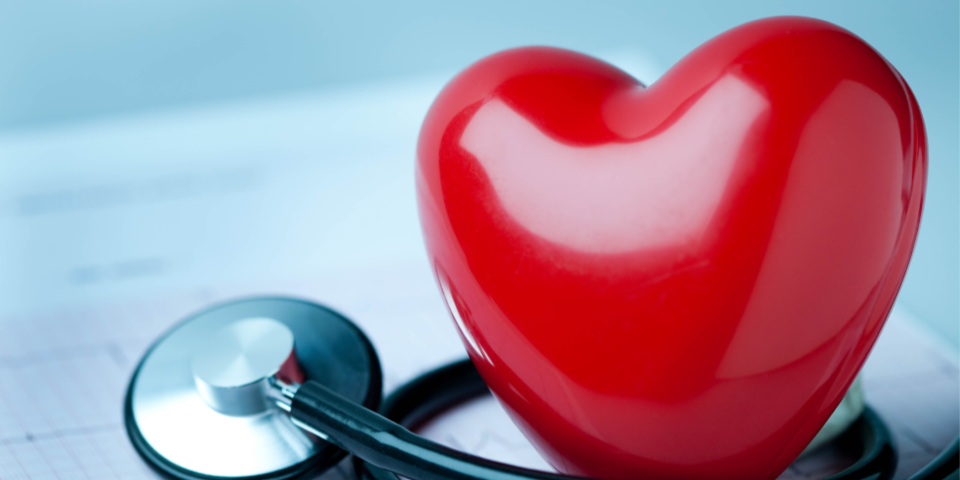Most doctors are so focused on a patients’ total cholesterol level when they should be more focused on their HDL (“good cholesterol”), and especially the ratio of total cholesterol to HDL. HDL (high-density lipoprotein) transports oxidized LDL (low-density lipoprotein; also known as “bad cholesterol”) away from the artery wall and into the liver for processing.
The optimal HDL level is 60 ng/dL and above. The optimal cholesterol-to-HDL ratio is 3.0 or below. For example, if your total cholesterol is 250 ng/dL (normally, anything about 200 ng/dL is considered “bad”), but if your HDL is 87 ng/dL, your cholesterol-to-HDL ratio would be 2.9 (250 divided by 87) and anything below 3.0 is optimal.
On the other hand, if your total cholesterol is 125 ng/dL but your HDL is only 23 ng/dL, your cholesterol-to-HDL ratio would be 5.4 (250 divided by 87) and anything above 3.0 is undesirable. In fact, there are people with cholesterol levels in the 300’s, but because their HDL is so high, they are at low risk for coronary artery disease. So, as you can see, it is the ratio that matters most.
Natural ways to raise your HDL include vigorous exercise, niacin, acetyl-L-carnitine, taurine, magnesium, phosphatidylcholine. vitamin E, and tocotrienols. Before taking any of these nutrients, it is crucial to get proper bloodwork to determine which nutrients are needed and in what amounts.
Comments: If you are taking a statin medication such as Lipitor or Crestor, next time you see your primary-care physician, ask him or her what your cholesterol-to-HDL ratio is and what can be done naturally to raise it so you don’t have to take medication. If you don’t like his or her answer, it may be time to find a new doctor.
